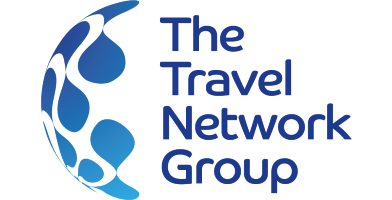3. Cash, Surviving the First Year
Cash, Surviving the First Year
Why read this section? Cash is like corporate oxygen, without it your business dies very quickly. The immediate question for you to answer is: ‘How many bookings do I need to sell per month to survive?’ This section helps you work through to the answer. It then helps you model cash flow to understand any borrowing requirements you might have for your first year of operation.
What you need to know before you read this section: Nothing!
There are four stages to getting to grips with the subject
- What are your start up costs?
- What are the operating costs of the business?
- Constructing the survival and cash flow models
- Funding your first year
The Travel Network Group is very focused on getting your business up and running at low start up costs. We operate a trust fund system which avoids the bonding costs explained in the section on travel regulation.
This system also creates a discipline in how you run your cash flow, which helps avoid nasty surprises which can be fatal to the business. In addition, we provide the core travel technology at a very low cost.
Stage 1: What are your start-up costs?
Sit down and list what you will need to pay for before you start generating any business. Some examples are given in the table below.
| Type Of Booking | European Travel Regulation Applies? | ATOL Applies? |
|---|---|---|
| Single item, not a flight | No | No |
| Flight only | No | Yes |
| Package including a flight | Yes | Yes |
| Package without a flight | Yes | No |
As you work through the rest of this section, you may well decide to defer whatever start up costs you can. If this is the case, consider the following:
- Leasing rather than buying. While this is almost always more expensive in the long run, it will lower initial cost
- Negotiate every deal you can as a ‘pay as you go’ monthly charge rather than a start up cost
- As you will read in the section on regulation and legalities there are some significant start-up bonding costs to creating a travel business. The trust account system run as part of Travel Trust Association membership reduces these costs significantly
Stage 2: Business Operating Costs
The operating costs are divided into fixed and variable costs incurred in running the business, selling and fulfilling bookings. All fixed and variable costs are considered after start up costs. If you need to borrow money to cover start up costs, then the interest and repayment of that borrowing is a fixed cost.
Fixed costs are, as the name suggests, those costs that you will incur regardless of how much business you do. A typical example would be office space or salary costs of permanent members of staff. While all costs are actually variable over time, the essence is to include those costs which it is very difficult to remove and that don’t vary widely according to how much business you do.
Fixed Cost Item | Estimated Cost |
|---|---|
Salaries (including yours) | |
Office lease | |
Utility bills, like the phone and broadband internet connection | |
Interest and repayment on start up cost borrowing | |
Trade association membership fees | |
Banking services | |
Professional Indemnity Insurance | |
Web hosting |
Fixed costs can explain what seem like crazy pricing for goods, for example, why an airline recently sold tickets for £5.00. The key driver is that an airline has very high fixed costs. As the flight date approaches it may well have to incur all these costs to fly a near empty plane.
It therefore makes some sense to get any contribution from the consumer to offset some of the fixed costs or put another way, fixed costs dictate that a near empty plane will fly at a loss. Selling flights at the last minute helped reduces the losses.
Variable costs, as you might have guessed by now, are costs which change according to how much business you do. If you make ten times as many bookings you would expect the variable costs to go up by ten. Typical examples include marketing costs and the supplier costs involved in fulfilling a booking.
Variable Cost Item | Estimated Cost |
|---|---|
Sales and marketing literature production and postage | |
Marketing campaign spend | |
Cost of Sales (supplier costs for each booking) |
Stage 3: Constructing the Cashflow and Survival Models
The survival model takes money coming in from customers and takes money out to cover fixed and variable costs. By doing this we can work out how many sales we need to make per month to break even.
In any given month, assume you run a marketing campaign, make some sales, take customer payment and then pay your suppliers. Following the example given earlier:
- Fixed costs: ;In the example above, these have been added up to a monthly total of £450. The example model also starts with the start up costs of £800 in this case
- Marketing campaign costs: Calculate your cost per lead. So, if you intend to spend £500 on a typical marketing campaign, which will deliver 10 sales leads, then the cost per lead is £500/ 10 = £50
- Sales costs: Calculate the cost per sale. You estimate that you will convert 6 of the 10 leads and take 6 bookings. Selling literature and postage is the only variable sales costs which will cost £10 per lead (£100 in total). So the cost per sale, in this example, is the total marketing (£500) and sales spend (£100) divided by the number of bookings (6) so £100 per sale. So, it costs your business £100 to generate a sale, which is called the cost per sale. In time, you may well become obsessed with the costs per lead and cost per sale
- Variable margin: Take customer payment and pay suppliers (including other non sales and marketing variable costs).The average booking is worth £1,000, of which you pay suppliers £750, leaving £250. However, you spent £100 generating the sale, leaving £150 of variable margin
Each sale generates £150 variable margin, £150 more than the variable costs of generating that sale. So this business needs to sell three sales per month to cover its fixed costs and just break even. That is fixed costs (£450) divided by variable margin (£150).
Now you have done all that work, you should also construct a cash flow model. The final assumptions are that you receive customer payment and pay suppliers three months after you incur the costs of marketing and selling. You also intend to generate 6 sales per month. This generates the following cash flow model.
Start Up Costs
As you can see, even when you are selling 6 packages per month, the business takes 12 months to move into holding a profit. You have generated more profit, but it hasn’t worked through the system yet.
The key point being that the business will need to fund the negative cash balance with an overdraft or loan of up to £3,950. The interest on this is itself a variable cost! Starting off with that knowledge is a key to surviving your first year. Things to think through are:
- Are you confident that your start-up and fixed costs are realistic?
- Are your assumptions on cost of sales, value of a booking and supplier costs realistic? The section on Marketing and Sales helps you test those assumptions
- Given the impact of costs in the early months, how can you reduce your start-up and ongoing fixed costs?
Stage 4: Funding the First Year
There are ways to finance the first year of the business without having the all the funds yourself. Some other options are:
- Grants: development loans may be available if you live in certain parts of the UK
- Loan guarantee scheme: there is a scheme called the small business loan guarantee scheme which provides loans to start up businesses at reasonable rates. It is specifically helpful where you don’t have the assets to back a conventional loan
- Bank loans: having a business plan to explain your thoughts and assets you can use will help enormously
I have not included venture capital as while it is a theoretical source of funding, I doubt its relevance at this stage.


